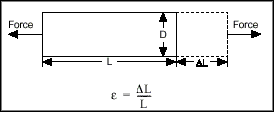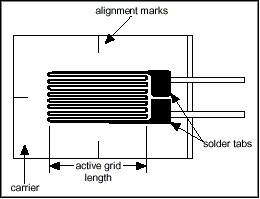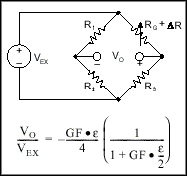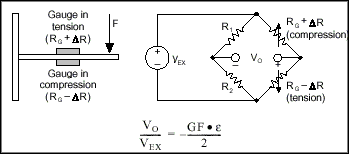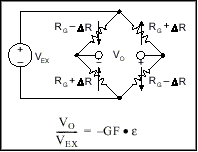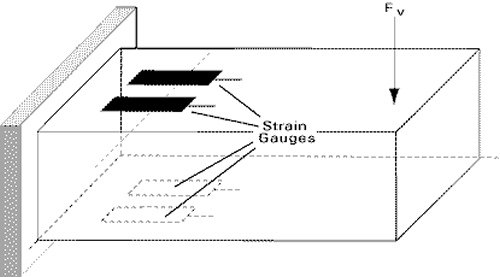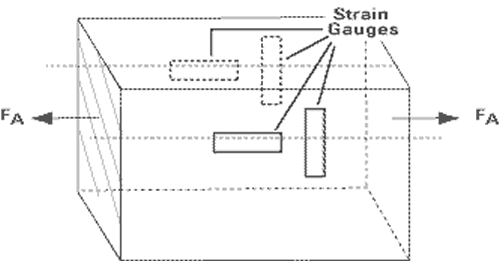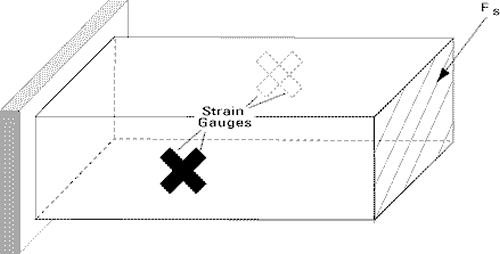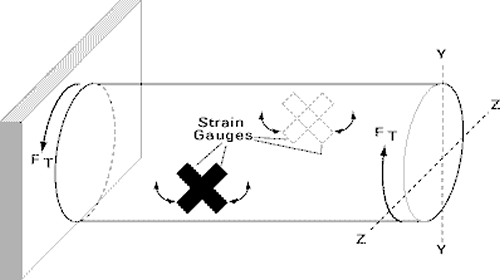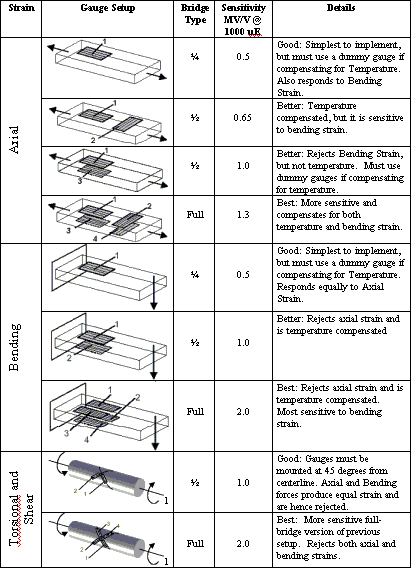
Soldering is the connection of two metallic materials using molten metal or a liquid alloy. The soldered region is heated to the point where the solder melts completely. The solder then has the characteristics of a liquid which spreads over the surface via capillary action. Solder molecules diffuse into the metal surface of the components to be soldered and a thin layer of an alloy is created.
Figure 1. Soldering
The pieces of metal are connected after the source of heat is removed and the solder cools down to the point of solidification.
In order for the diffusion process to take place, both metal surfaces must be clean and free of oxides. Fluxing agents are therefore used to clean the surfaces. These fluxing agents are activated once the materials are warmed for soldering. The fluxing agents protect the surfaces from re-oxidation during the soldering process. Most fluxing agents must be removed after soldering since they produce reducing gases and are corrosive. An effective way of achieving void free connection is by applying a vacuum as soon as the solder is liquidized. For industrial production, protective gas can be used to achieve better coverage.
Phase Diagram of Solder Material
Solder is made up of two metals that can mix without leaving voids. The solder is always solid at values below the solidus temperature and liquid at temperature aboves the liquidus temperature. The solder is "pasty" at temperatures that lie within the region between the solidus and liquidus temperatures.
Figure 2. Typical phase diagram for solder material
Solder can also be made up of two metals with an eutectic mixture of both metals. For the eutectic composition of the soldering alloy, the solidus and liquidus curves fall alongside each other such that the entire solder melts and solidifies at the eutectic temperature. The eutectic mixture is a fine crystal paste made of pure components of metal A and metal B.
Figure 3. Phase diagram for eutectic system
Solder comes in two main forms - as preforms and as soldering paste. The soldering paste is a suspension of soldering powder and a liquid. This liquid can either be soluble in water or in some other agent that is used in conjunction with the soldering powder.
Soldering agents
The main components of solder that are normally used in semiconductors are lead (Pb) or tin (Sn). Lead solder that contains a small percentage of tin and/or silver has a melting point of 280°C - 320°C. These solders are usually ductile and have good thermal stability. Tin solder, on the other hand, that contains 1% - 3% silver and/or copper (and sometimes <1% indium) has a melting point of about 225°C. These solders are less ductile and have less thermal stability than lead solder.
The eutectic solder alloy SnPb(37) that contains 63% tin and 37% lead melts at 183°C. A few years ago, this was the standard solder alloy used in electronics due to its low melting point, which served to protect electronic components. However, problems occurred when high temperatures were required. According to EU law RoHS, it is forbidden to use lead in electronic components. An exception has however been made for semiconductor elements.
Wetting is an important criterion for successful soldiering. The wetting angle, the angle between a drop of the liquid solder and the base material (figure 4) is rated as follows:
- from 0 - 30°: completely/sufficiently wetted
- from 30 -90°: partly wetted
- at approximately 180°: not wetted
Figure 4. Solder wetting and wetting angle
Reflow Soldering
In the reflow soldering process, soldering material is either in the form of a preform or as solder paste. The solder paste is a suspension of soldering powder in a given liquid. This liquid material can either be water soluble or soluble in another solvent. No-clean pastes contain very little fluid and do not have to be cleaned off after the soldering process. No-clean pastes present a compromise between good fluxing properties (wetting) and easy processing. The application of the soldering paste can be done through dispensing or by sieve or screen printing. A solder mask is applied on the base material before the soldering paste is applied in order to prevent the molten solder from overflowing.
Figure 5. Solder mask on a DCB Mask
Figure 5 above shows a DCB (Direct Copper Bonding) substrate containing 20 individual substrates. The green field and stripes are made of solder mask which is applied in the very first step of the process. This prevents the surface from wetting during the process, ensuring that the chip remains in place throughout the process. This also prevents the solder from being to thin on one chip and overflowing onto the neighbouring chips which would result in too thick of a solder layer on the neighbouring chips.
Figure 6. DCB Card before the soldering process
Figure 6 shows a DCB card after the application of the solder by screen printing and the assembling of the chip. A given amount of time must not be surpassed between the assembling of the chip and the soldering process, since the fluid composition required might change due to evaporation. Vapor from the surrounding air can also get into the soldering paste which can result in an explosion like vaporisation rendering the entire card unusable.
Figure 7. DCB Card after the soldering process
Figure 7 shows a DCB after the soldering process. The chips in their correct positions and the solder deposit is molten. Since there is left over soldering paste on the surface, a thorough clean up is required. Aftter the aluminum wire bonding process, the DCB is separated into individual substrates, often by use of lasers. The individual substrates that have defects are marked with a black dot. This damage occurs during the DCB process. These substrates can not be assembled and have to be destroyed.
The heat used in soldering can be derived by several methods including use of air circulation ovens, condensation soldering, hot plate soldering, resistance soldering, infra red radiation, and induction soldering.
Bimetal Effect
Large area solder connections between materials with very different thermal expansion coefficients can pose complications.
Figure 8. Bimetal Effect
The bimetal effect causes bending and, under thermal cycling, solder fatigue which will ultimately result in solder failure. For this reason, it is not possible to solder large area ceramic parts onto copper base plates.
















